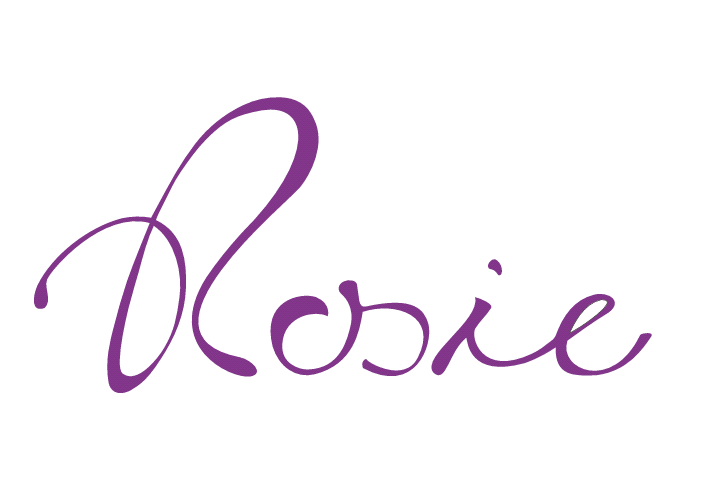Increased educational attainment amongst Tasmanians is vital to a vibrant, flourishing people and state. Many are talking about it and few would argue otherwise. And ‘vital’ is the right word, because education is life-giving. Actually life-giving. Those with higher education, as a group, live longer and enjoy better health throughout life.
But there’s a plank in the attainment story that is not yet talked about anywhere near widely enough. It is a skill that has enormous and defining impact on student outcomes at every level of schooling.
We need to talk about language ability.
Excellent spoken language is highly correlated with excellent educational outcomes. Language is an enabler of positive outcomes generally, and its rapid analysis is the enabler of literacy. Language is a major cognitive system within which we build knowledge; and a major tool for the smooth regulation of social encounters. Conversely, disordered or weak language is mostly associated with low educational attainment data, and can be a key disruptor of social, emotional and behavioural development.
Consider why.
Instruction within schools is heavily weighted with language – in every subject area and in social correction (discipline) and restorative interactions.
Teachers talk. That’s how they do their work.
They have to talk. They have 30 students to whom they must relay learning messages, limited time, and any number of distractions which may disrupt the successful delivery of those messages for some or all the class.
Now consider the students with poor spoken language. These students through no fault of their own have difficulty understanding spoken language and/or organising words and sentences to produce it.
If they can’t understand the teacher’s talk, or can’t contribute to it, their learning suffers. They may act-up or begin to disengage because they are bored, confused, or feel stupid. Such acting-up or avoidance may then be seen or responded to as a ‘behaviour problem’ rather than a communication problem. As a result, the communication needs and accompanying emotional needs may go unseen and unmet. And unmet emotional needs are the roots of what can become lifelong mental health issues.
But language problems can indeed be difficult to see in students. And identification is made more difficult by popular but erroneous ways of explaining language impairments. For example, statements such as ‘he’s not an auditory learner’ effectively neutralise and dismiss any observed symptoms and produce lowered expectations of student learning.
Moreover, language impairments are even harder to identify when an affected student’s social skills or ability to learn from visually-presented information are strong. It can be perplexing for parents and teachers to understand why a student can seem ‘smart’ (the word most use) in some areas but struggle in others. And this difficulty is redoubled when some areas of a student’s language skill-set are developing well (eg understanding stories), but other parts are not (eg understanding instructions).
But tools exist to objectively measure and thoroughly understand language skills as part of any student’s learning profile. Across thirty years the most common exclamations I hear from parents and teachers when I explain a child’s language assessment results run something like this “Oh, I see it when you explain it. I didn’t know language was so complex. Now I get why he struggles.”
Assessment information gives insight into how language ability will impact educational outcomes.
Most importantly though, it points clearly to interventions to directly teach language to students whose progress would be impeded by language impairment. Population-wide, that’s around 10% of students. But prevalence is much higher in some sections of the population.
Now, here is the positive news in the educational-attainment-meets-language story: it is never too late to improve anyone’s language ability. It is possible to enrich the educational achievements of any student who has language impairment and concomitant emotional difficulties.
Speech pathologists have expertise in teaching language to the language-impaired. They already bring excellent, specifically-targeted language support in schools across the state. But their services are under-resourced, and many structural factors constrain them from bringing the fullness of their professional knowledge to Tasmanian students. The sports car is being driven to the corner store in first gear. There is much more grunt under the bonnet.
A number of principals interstate have begun to support closer, richer, classroom-based collaborations between speech pathologists and teachers than have previously been typical – with hugely positive impact for students with histories of poor outcomes.
A simple step for Tasmania to power-up its progress toward its educational attainment goals, will be to enhance the professional autonomy of school-based speech pathologists for greater flexibility in collaboration with classroom teachers on language. It is a change-making combination of knowledges.
Language competence is a key to unlocking population-wide positive educational change. Serious conversation about educational attainment, and the health, flourishing and vitality which arise from it, must include language development and intervention at all levels of schooling. It is never too late.
This article was first published in The Mercury on 17th August 2018.

